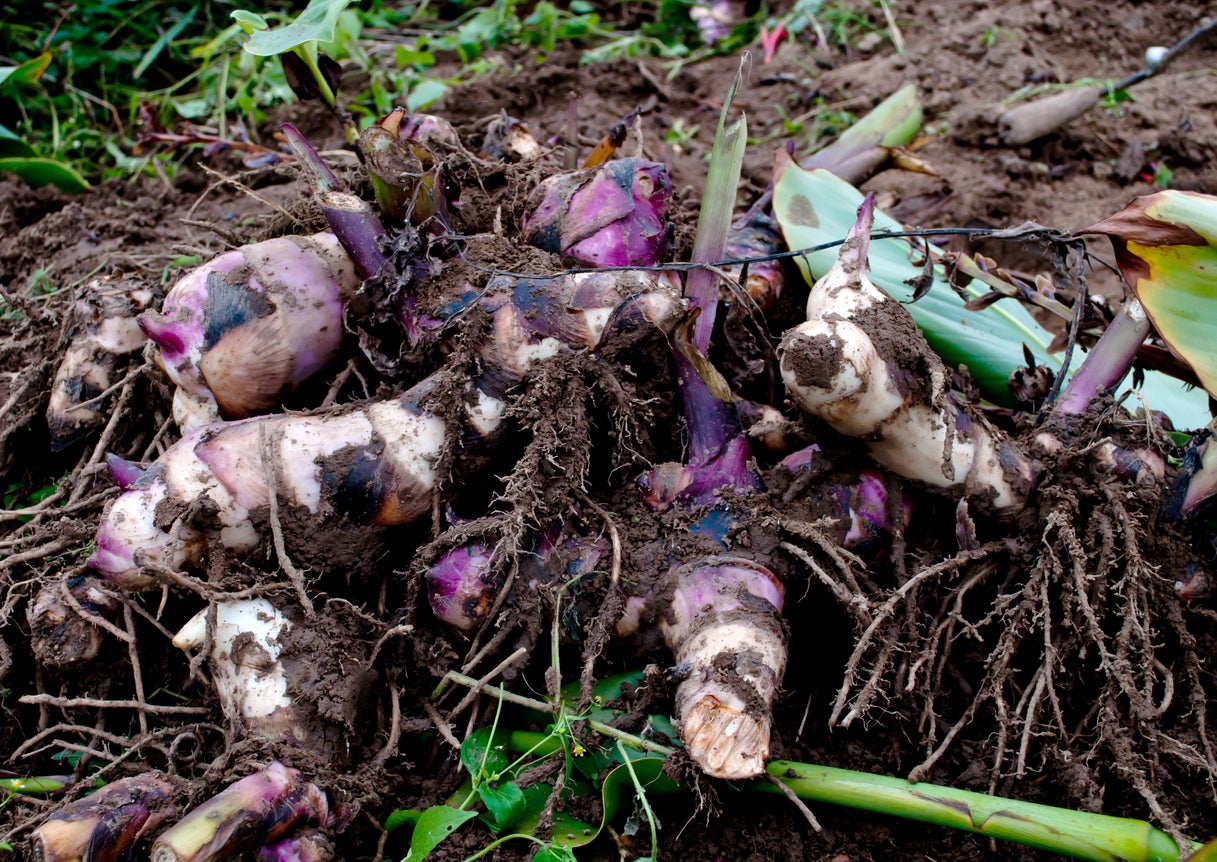Canna Lily Rot: What Causes Rotting Canna Rhizomes


Canna flowers grow as a beautiful, long lasting, summer to fall display in the flower bed. In USDA hardiness zones 7 to 11, canna plants can stay in the ground year-round. More northern areas have to dig and store over winter for rhizomes to remain alive. What happens though when canna rhizomes are rotting? Read on to learn more.
What Causes Canna Rhizome Rot?
When digging for storage or cutting back for tidiness, keep an eye out for canna lily rot. This may happen following an especially rainy year or when canna rhizomes have multiplied and gotten tight in their planting spot.
Soil without proper drainage and too much rain (or overwatering) on a crowded bed of canna rhizomes allow fungi like Sclerotium rolfsii and Fusarium to enter and grow, causing decay at the base. This may be accompanied by cottony patches as well.
Once infected, rotting canna rhizomes cannot be saved and should be discarded in a way as not to infect other plant material. To avoid this issue with future plantings, follow the tips and tricks listed below.
Preventing Rotten Canna Rhizomes
- Water: Only water canna rhizomes when the soil is dry a few inches (8 cm.) down. Water at the roots and avoid getting the leaves wet.
- Plant in sun: Cannas grow best in a full sun environment. Planting in the right spot helps the soil remain dry.
- Soil drainage: Plant your cannas in a soil with fast drainage, especially if you live in a rainy area. Add horticultural perlite, vermiculite, pumice, or coarse sand to your regular garden or potting soil. Amend the soil a few inches (8 cm.) below where the rhizomes will be planted.
- Earthworms: Add worms to the planting bed, if they don’t show up on their own. Their constant working and turning of the soil encourages it to dry out, helping prevent canna rhizomes from rotting. Earthworms also provide nutrients.
- Turning wet soil: Some sources say you can turn the soil to dry it out. Digging in wet soil can be detrimental to it, but if this seems to be the only option, turn gently to discourage root rot.
- Division: Canna rhizomes multiply quickly and can fill the space in which they’re planted faster than you may expect. This prevents proper drainage, especially in rainy seasons. If the rhizomes sit in water, they’re inviting the fungal organisms to enter. Separate the rhizomes in autumn and replant in other areas, if appropriate. Those in zones below 7 can store for winter and replant in spring. Allow a foot (31 cm.) between each rhizome.
Sign up for the Gardening Know How newsletter today and receive a free copy of our e-book "How to Grow Delicious Tomatoes".

Becca Badgett was a regular contributor to Gardening Know How for ten years. Co-author of the book How to Grow an EMERGENCY Garden, Becca specializes in succulent and cactus gardening.